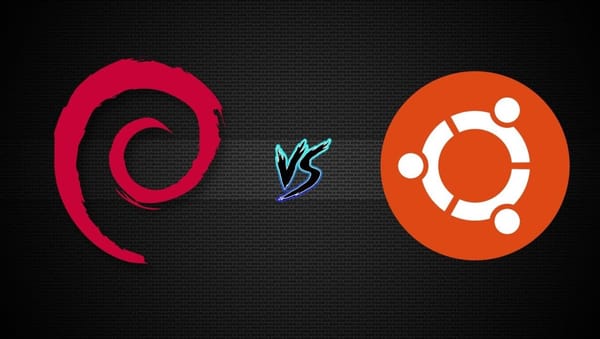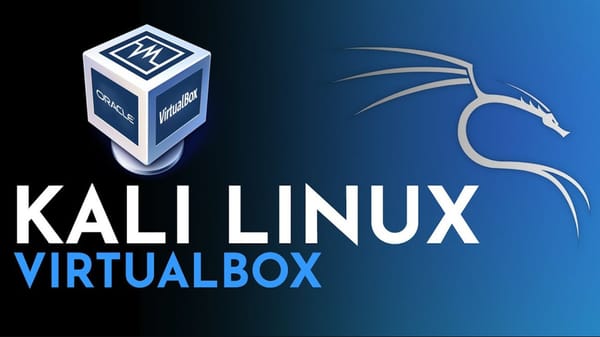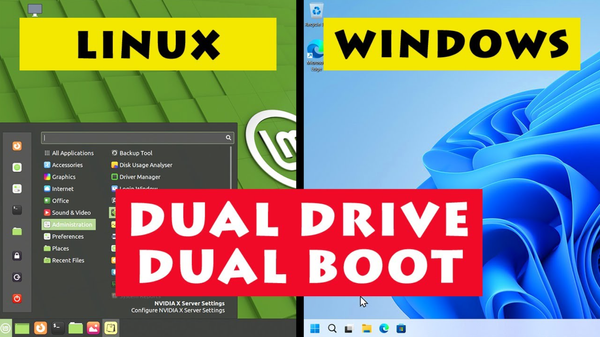What is a Linux Device: Complete Guide to Everything You Need to Know

The term "what is a Linux device" might seem technical, but chances are you're already using one. Whether you're scrolling on your Android phone, browsing the web via a router, or saving data on a cloud server, you're interacting with a Linux-powered system. A Linux device is any piece of hardware that runs on a Linux-based operating system. This includes desktops, laptops, servers, embedded systems, smartphones, and a variety of Internet of Things (IoT) devices.
Understanding the Basics: What is a Linux Device?
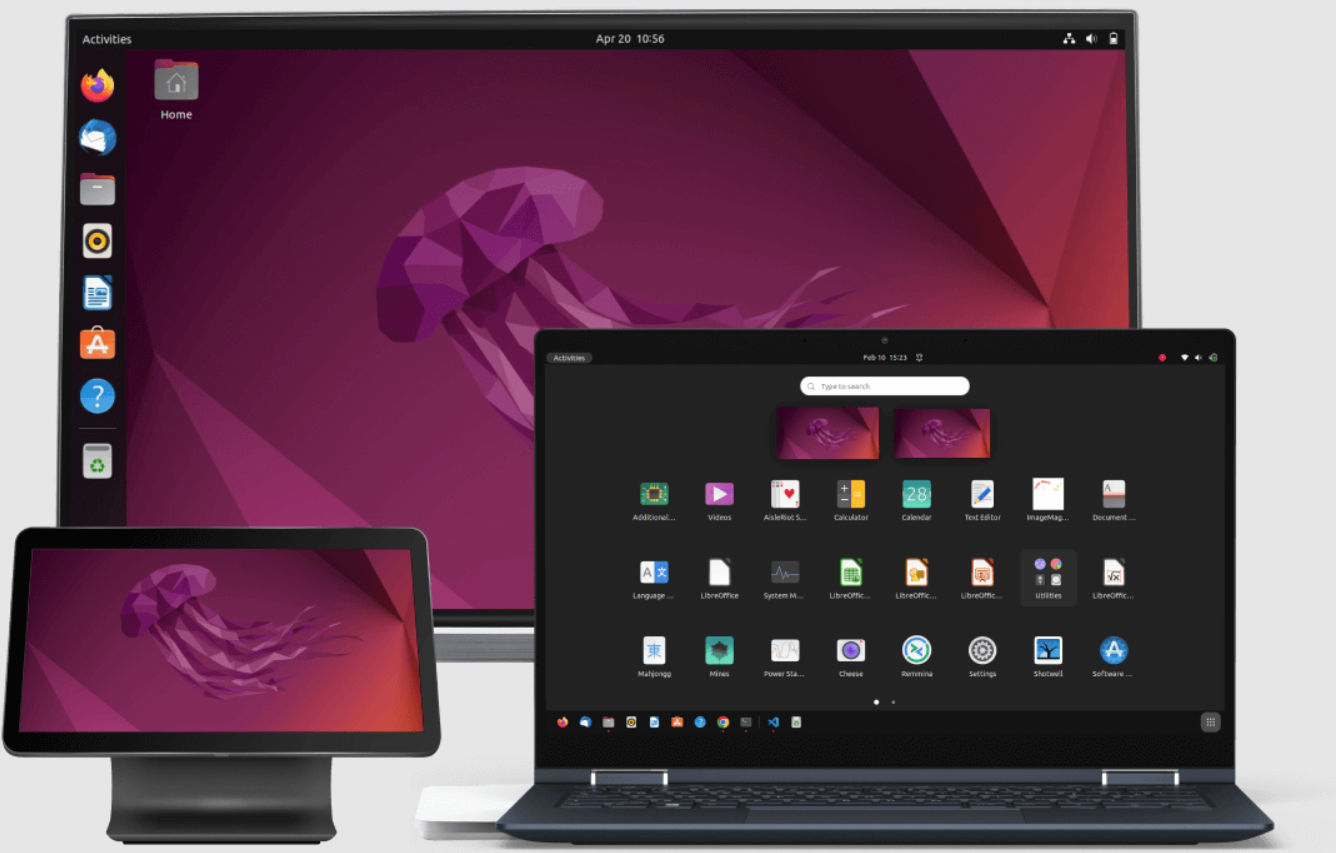
Defining a Linux Device
A Linux device is any hardware system that runs the Linux kernel—the core component of the Linux operating system. This kernel acts as a bridge between the hardware and the software.
Key Characteristics of a Linux Device:
- Utilizes the Linux kernel for hardware management
- Runs open-source software and utilities
- Offers customization, flexibility, and stability
- Supports multitasking and multiuser environments
A Brief History of Linux Devices
Linux was introduced in 1991 by Linus Torvalds. Initially a simple UNIX-like system, it quickly evolved into a robust, flexible OS, and today powers millions of devices globally—from home routers to spacecraft.
Types of Linux Devices
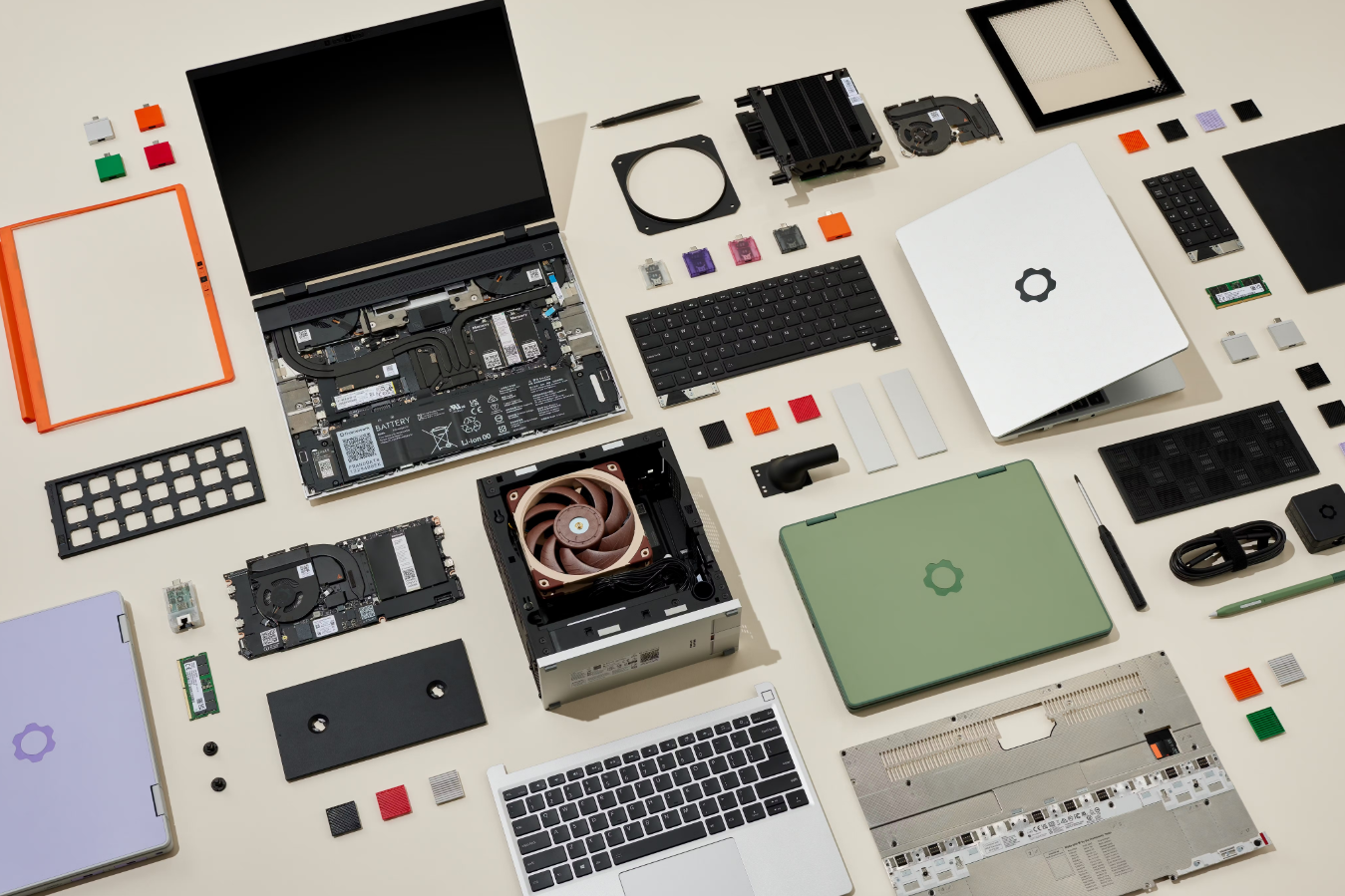
Desktop and Laptop Linux Devices
Linux desktops are often associated with tech enthusiasts, but distributions like Ubuntu, Linux Mint, and Fedora have made Linux more accessible to general users.
Popular Linux Desktop Environments:
- GNOME: Clean and user-friendly
- KDE Plasma: Highly customizable
- XFCE: Lightweight and fast
Embedded Linux Devices
Embedded systems using Linux are designed for specific tasks and usually have limited resources.
Examples of Embedded Linux Devices:
- Smart TVs
- Network routers
- Automotive infotainment systems
- Medical equipment
Server-Based Linux Devices
Linux dominates the server market. Over 90% of servers worldwide run Linux due to its performance and security.
Server Linux Use Cases:
- Cloud computing infrastructure
- Web hosting
- Enterprise file servers
- Database systems
IoT and Smart Linux Devices
The rise of smart homes and industrial IoT has seen an explosion in Linux-powered devices in this domain.
Common Linux IoT Devices:
- Smart thermostats
- Surveillance cameras
- Smart locks
- Environmental sensors
Core Components That Define a Linux Device
The Linux Kernel
At the heart of every Linux device lies the kernel—a robust, secure layer that interfaces directly with hardware.
Device Drivers
Device drivers allow Linux to communicate with hardware peripherals such as graphics cards, keyboards, and printers.
User Space Tools
Applications and services run in user space, which includes tools like systemd, GNOME, Firefox, and LibreOffice.
Why Use a Linux Device? Key Advantages
Open Source and Free to Use
Linux devices offer unparalleled cost-effectiveness. There are no licensing fees, and communities worldwide contribute to ongoing improvements.
Highly Customizable
Users can modify everything—from the desktop environment to system services—tailoring devices to specific needs.
Enhanced Security
Linux is known for:
- Strict user permission settings
- SELinux and AppArmor for access control
- Quick security patch deployment
Efficiency and Speed
Linux uses fewer system resources compared to Windows or macOS, making it ideal for older machines and embedded systems.
Real-World Applications of Linux Devices
Mobile Devices
Android, which is based on the Linux kernel, dominates the global smartphone market. That means every Android device is technically a Linux device.
Consumer Electronics
From smart TVs to gaming consoles, Linux drives numerous household devices.
Data Centers and Supercomputers
Almost all supercomputers and a significant percentage of servers worldwide run Linux due to its stability, scalability, and performance.
How to Identify a Linux Device
Common Signs of a Linux-Based System:
- Open-source software stack
- Terminal access using Bash
- File structure with
/etc,/var,/usrdirectories
Command-Line Tools to Check for Linux:
uname -a
cat /etc/os-release
Linux Device Management and Configuration
Network Setup in Linux Devices
Linux provides powerful tools for managing network interfaces:
ifconfigoripnmclifor NetworkManager- Configuration files in
/etc/network/
Power Management Features
Linux supports:
- CPU frequency scaling
- Power-saving modes like sleep/hibernate
- Tools like
TLPandpowertop
Software Installation and Updates
Package managers make software management easy:
APTfor Debian-based distrosYUM/DNFfor RHEL/CentOSPacmanfor Arch Linux
Graphical vs. Command-Line Interfaces in Linux Devices
Command Line (CLI)
The command line offers unmatched control. Common commands:
ls,cd,rmfor file handlingtop,htopfor monitoringsudofor administrative tasks
Graphical User Interfaces (GUIs)
GUIs simplify navigation and usage for non-technical users, with drag-and-drop functionality and polished interfaces.
Linux Devices vs Windows/macOS Devices
| Feature | Linux | Windows | macOS |
|---|---|---|---|
| Cost | Free | Paid | Premium |
| Customization | High | Low | Medium |
| Open Source | Yes | No | No |
| Stability | Excellent | Good | Very Good |
| Community Support | Extensive | Moderate | Limited |
| Security | High | Moderate | High |
Open Source Licensing and Linux Devices
Linux is released under the GNU General Public License (GPL), which:
- Ensures software freedom
- Requires derivative works to remain open-source
- Encourages collaboration and transparency
Challenges in Using Linux Devices
Despite their benefits, Linux devices come with a few drawbacks:
- Learning curve for new users
- Some proprietary software is unavailable
- Hardware driver compatibility issues in rare cases
- Gaming support is improving but still catching up
Popular Linux Distributions for Different Devices
Best for Beginners:
- Ubuntu
- Linux Mint
- Zorin OS
For Advanced Users and Developers:
- Arch Linux
- Fedora
- Gentoo
For Servers and Enterprises:
- Debian
- Red Hat Enterprise Linux (RHEL)
- SUSE Linux Enterprise
Future of Linux Devices
The landscape for Linux devices continues to evolve:
- Increased use in Edge Computing
- Enhanced AI and ML support on embedded Linux
- Expansion in automotive and autonomous vehicles
- Growth in open-source mobile platforms
Conclusion: The Power and Potential of Linux Devices
So, what is a Linux device? It’s not just a tech term—it’s a cornerstone of the modern digital world. From powering your smartphone to securing global servers, Linux devices offer flexibility, transparency, and efficiency. As technology continues to evolve, Linux is poised to lead in innovation and reliability.
Frequently Asked Questions
What is a Linux device in simple words?
A Linux device is any piece of hardware that uses the Linux operating system to function, such as a phone, server, or computer.
Are Android phones Linux devices?
Yes, Android is based on the Linux kernel, making all Android phones Linux devices.
Why are Linux devices considered secure?
Linux has strong permission controls, frequent updates, and fewer targeted malware threats compared to other systems.
Can I convert my Windows device to a Linux device?
Absolutely. Most laptops and desktops can be formatted and set up to run Linux through distributions like Ubuntu or Mint.
Are Linux devices good for gaming?
Gaming on Linux has improved significantly with tools like Steam Proton and Lutris, although it's not yet on par with Windows.
What are some common Linux distributions used in devices?
Ubuntu, Debian, Arch, Fedora, and RHEL are among the most commonly used Linux distributions in various devices.

